Schneider frequency converter setup steps detailed
Published:2023-03-31 10:08:32
1. Macro Equipment:
According to the control requirements of different loads, Schneider inverter defines the macro equipment and the initial function of I/O terminals.
Change macro equipment, can be fixed under the "Brief startup menu".
If necessary, you can also re-equip the terminal definition separately, so that the macro is equipped with a custom macro for the user.
2. Set motor nameplate data
Set the best data about the motor: rated voltage, rated frequency, rated current, rated speed, power factor, etc., in the menu of "Brief Settings" or "Motor Control".
3. Motor self-tuning (self-learning)
After the motor nameplate data is set, the motor can be self-tuning (self-learning).
The detailed operation is as follows: enter the menu of "Brief Setting" or "Motor operation", enter the self-tuning (tUn) parameter, select "Request self-tuning (YES)", press "ENT", and the inverter will take the initiative to self-tune the motor. If the self-setting is successful, the screen will display "done"; otherwise, "no" will appear.
Note that self-tuning should be carried out in the absence of command activation.
4. Set maintenance parameters
Set maintenance parameters, such as CLI current limiting parameters in the Motor Control menu
Demand attention: When the power of the converter does not match the power of the motor, more attention should be paid to the maintenance parameters to avoid improper maintenance and damage to the equipment.
5. Define logical terminals according to control requirements
The function of the I/O terminal is already assigned when the macro is equipped. When these devices do not satisfy the control requirements, you can change the definition of the corresponding terminal in the I/O menu (display I_O).
I/O terminals can be defined as a variety of functions. Please refer to the ATV61 user manual for details.
6. Set general parameters according to process or load requirements
According to the detailed application situation, the parameters required to be set are generally in the "brief setting" menu or "Setting" menu, such as: acceleration time ACC, deceleration time DEC, low frequency LSP, high speed frequency HSP, etc.
For details, see the ATV61 User manual.
7. Test run, adjust the control parameters of frequency converter according to the running condition
After the above Settings are completed, the frequency converter can be started for trial operation.
The initial running time should be short, pay attention to check the direction of motor rotation.
If the motor steering is not correct, the PHr parameters can be corrected in the "Brief Settings" menu or the "Motor Control" menu.
According to the load operation condition, targeted adjustment of other parameters.
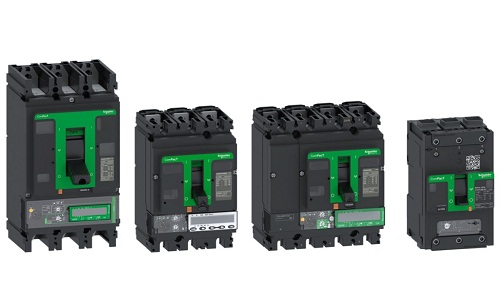
-
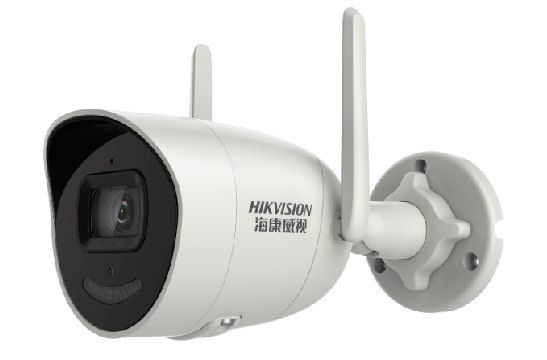 202309-01
202309-01The Hikvision camera indicates that the network access is abnormal
1. Check whether the network is stable and packet loss occurs.2. Check whether IP addresses conflict.3. Check whether the power supply of the device is normal.4. Check whether the network cable and ca···
-
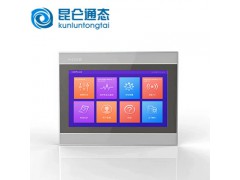 202301-16
202301-16TPC1262HI Common faults of MCGS on-state touch screen
TPC1262HI Common faults of MCGS touch screen(1) Black screen, flower screen and white screen(2) LCD screen aging, low high pressure, lamp aging(3) The LCD screen has no display, and the brightness is ···
-
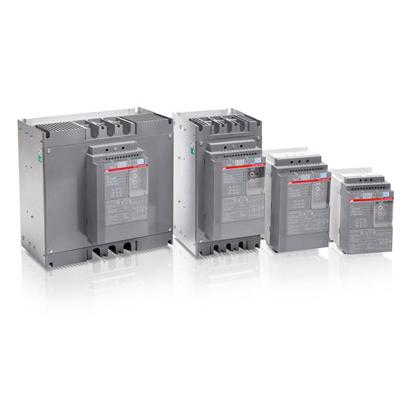 202302-14
202302-14What fault does ABB soft starter show EF32?
What is ABB soft starter fault codes EF32.The ABB PSE series soft start is a three-phase controller with a compact design and a wide range of applications.It is mostly used in water pump motors,and th···
-
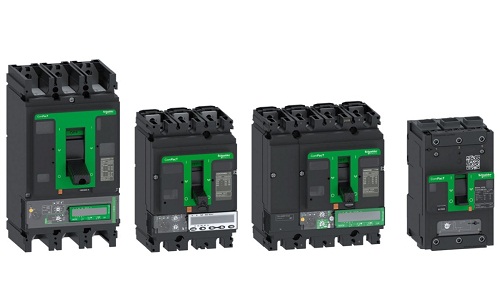 202301-29
202301-29Schneider frequency converter disturbance and treatment method
A. Communication method:(1) Radiation disturbance(2) conduction disturbanceB. Disturbance rejection methodNuisance signals transmitted by radiation methods are primarily weakened by wiring and by shie···
-
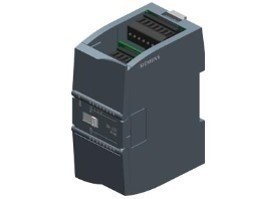 202303-01
202303-01The Siemens S7-1200 has three classifications of internal storage areas
The internal storage of the S7-1200 is divided into three types: working storage, loading storage and holding storage.Loading storage area:Non-volatile storage area. Used to store user project files (···



 +8618621383628
+8618621383628 +8613811814778
+8613811814778 info@zhongpingtech.com
info@zhongpingtech.com Building 26, Liyuan Community, Chaoyang District, Beijing, China
Building 26, Liyuan Community, Chaoyang District, Beijing, China